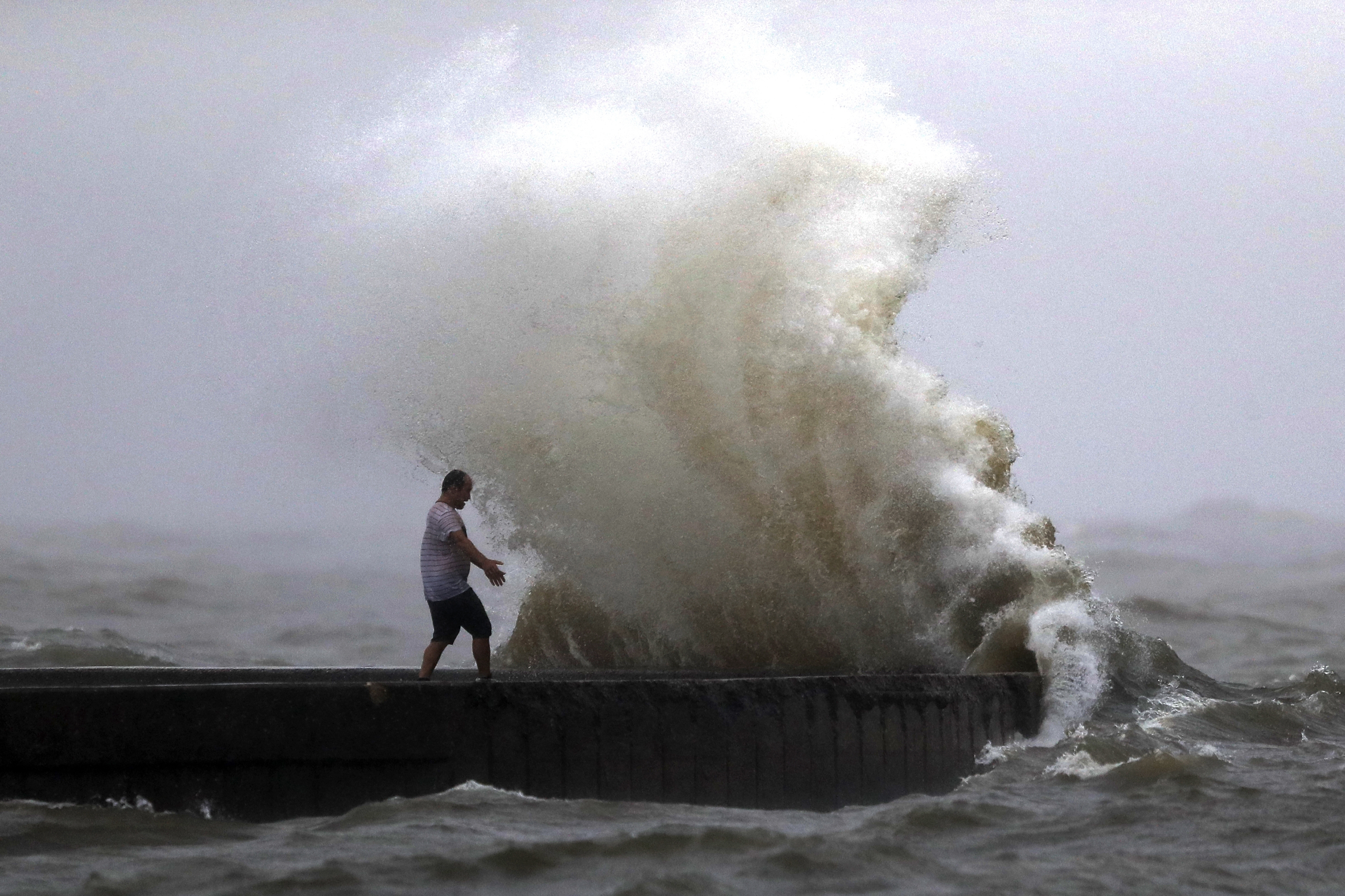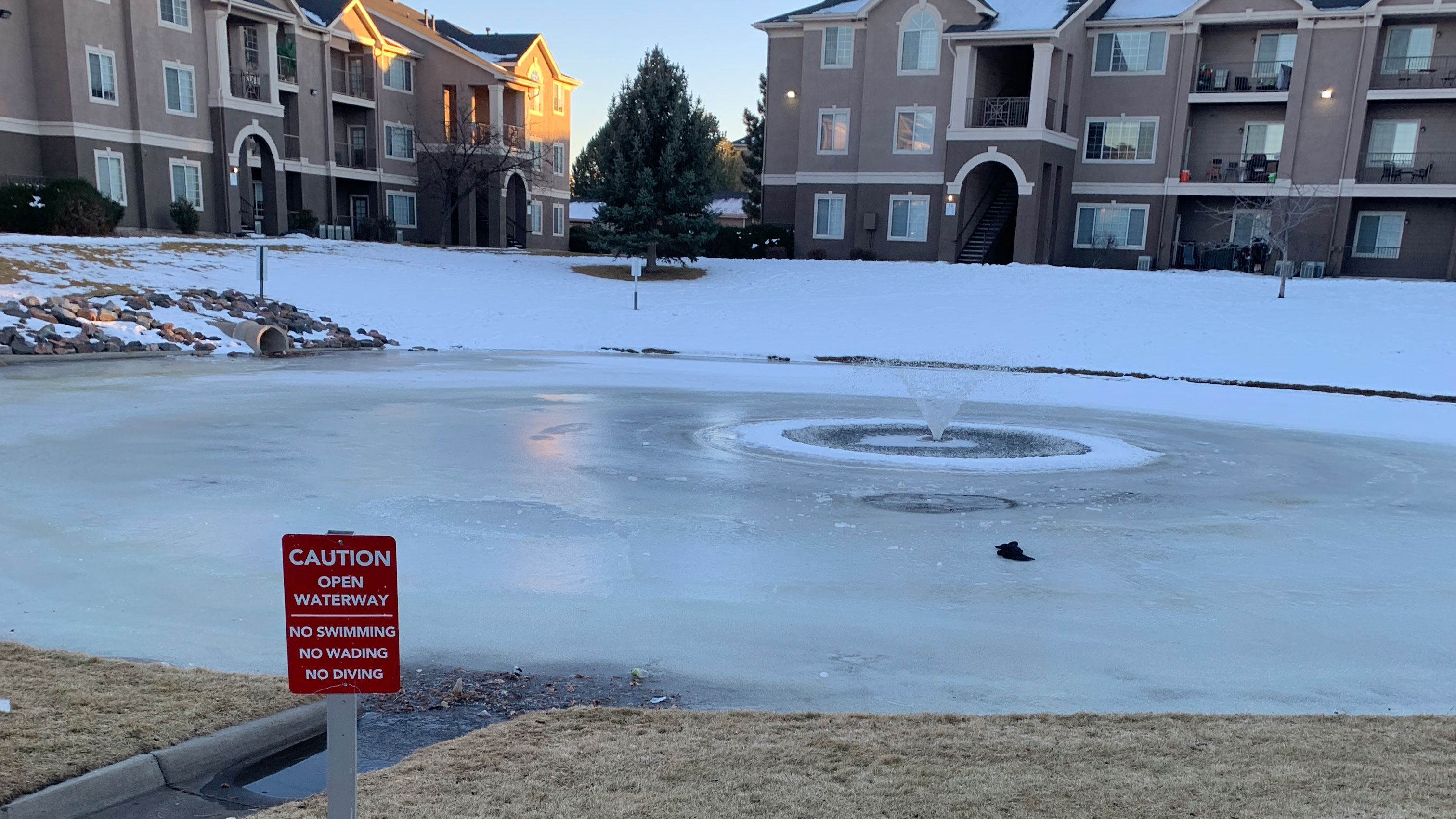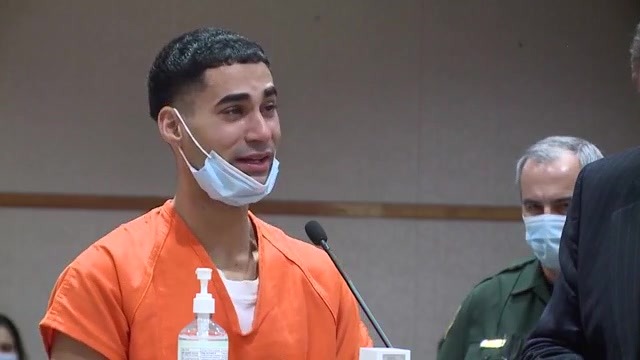WILLIAMSBURG, Va. (WAVY) — As the national debate about Critical Race Theory unfolds, questions continue to circulate about the college-level concept.
10 On Your Side sat down with William & Mary Law School Professor Vivian Hamilton, who is also the director of the school’s center for social justice, to answer some common questions about CRT.
Hamilton teaches a unit on CRT in a class covering race and law at William & Mary. She said CRT isn’t taught in Virginia’s K-12 public schools and that most college students don’t learn about it unless they are in specialized courses.
What is Critical Race Theory?
Critical Race Theory developed in law schools in the 1980s and continues to be studied in highly-specialized settings.
“It’s a body of principles that aims to understand why Black people and other people of color continue to occupy the bottom-most social rungs of society,” Hamilton said.
She said CRT also studies how racial disparities came about and how they are perpetuated in American society. One core principle of CRT is the belief that race is a social construct, meaning there are no biological determinations to race.
“Another core principle is that institutions can create and perpetuate racial disparities even with the absence of racist intent on the part of the individuals who are part of those institutions,” she said.
Hamilton said examples of these disparities can be found in government housing policy, employment, and school funding.
CRT example
Hamilton provided 10 On Your Side with an example of what CRT looks like in the real world. This example was based on studies surrounding employment.
“An employer faced with identical resumes will be more likely to pass over a resume of an applicant with a Black-sounding name whereas, again, an identical resume of an applicant with a white-sounding name is more likely to be granted an interview,” she said.
Hamilton said that the employer in this example may not have malicious or negative intent. She believes the takeaway of that example is that people are influenced in a number of ways.
‘Where is this coming from?’: Cause of the backlash and why people may feel uncomfortable
Throughout our interview, Hamilton said CRT isn’t a regular talking point or lesson in law schools across the country, only something discussed in specialized settings. She said she was puzzled when CRT became a buzzword in school board meetings and on local news.
She believes the controversy around CRT stems from reactions to discussions generated in 2020 after George Floyd was murdered by former Minneapolis police officer Derek Chauvin.
“It generated resentment among a lot of white people who are simply unaccustomed to thinking about race in a sustained way,” Hamilton said, adding that she believes this fueled legislative changes across the country.
“They feel attacked and accused and as though they’re being made to feel guilty and responsible for the disparities that exist in society,” she said.
Future impacts on schools, society
As the Virginia General Assembly discusses a number of bills aimed at reforming what students learn in the classroom, Hamilton believes it’s important to remember one thing.
“Learning is not always comfortable and yes, lessons need to be age-appropriate and grade-appropriate,” she said, adding that she agrees CRT should not be taught to K-12 students in Virginia.
She said adults may believe the history they were taught in school is the whole truth of American history.
“We don’t really think that maybe the history that we were taught reflects some bias that was intended to insulate us from some of the uncomfortable truths of American history,” she said.
For example, she said many people in Virginia were taught the Civil War was about states’ rights.
“That’s partially true, it was about states’ rights,” she said. “But states’ rights to do what? States’ rights to continue to prosper economically based on the forced labor of enslaved Black people.”
Hamilton said the possible effect of these laws could result in this current generation of students being inadequately educated about America’s racial history.
“I think that that’s part of the goal of this legislation,” she said. “It is to perpetuate the status quo. Perpetuate the racial status quo.”
Hear from the Governor about why he issued the Executive Order here.











































































































